
Mitsubishi F1M2 Pete
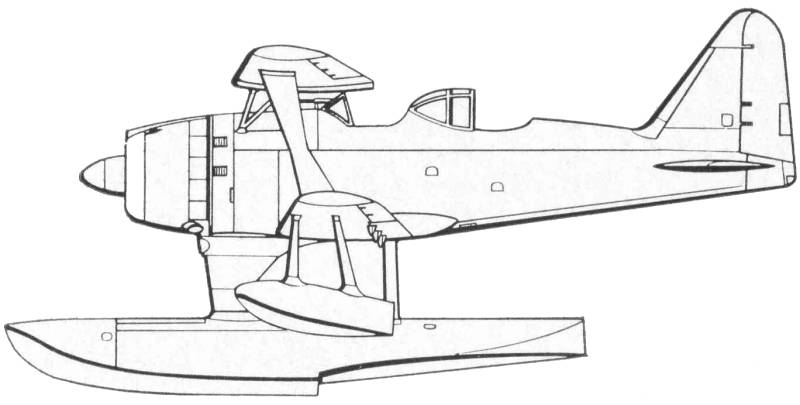
The
Mitsubishi Pete was characterized by exceptional maneuverability and
was active through the Pacific War. Although designed for the short
range observation role, it fulfilled many tasks during its operational
career including those of reconnaissance bomber, anti-shipping
aircraft, coastal patrol, convoy escort and even, on occasions,
interceptor fighter. Mitsubishi was the under dog winner in the
competition to build the aircraft beating out seaplane power houses
Aichi and Kawanishi. The first of four prototypes flew in June of 1936.
During trials the prototype was found to have a number of deficiencies
and when these were corrected the aircraft passed its official trial in
1938 and was ordered into production as the F1M2. It entered service in
1942 and participated in almost every major campaign from the beginning
of the Pacific War. The exceptional maneuverability
and its high climb rate resulted in its use as a fighter during the
early stages of the war in the Philippines, New Guinea and the Solomons
area. After the occupation of Attu in the Aleutians in June of 1942, a
fighter squadron was formed with the F1M2's on the island. It was
widely used for anti-submarine patrol, convoy escort and gunnery
observation until the end of the war. The total number produced was 704
aircraft.
The Kit
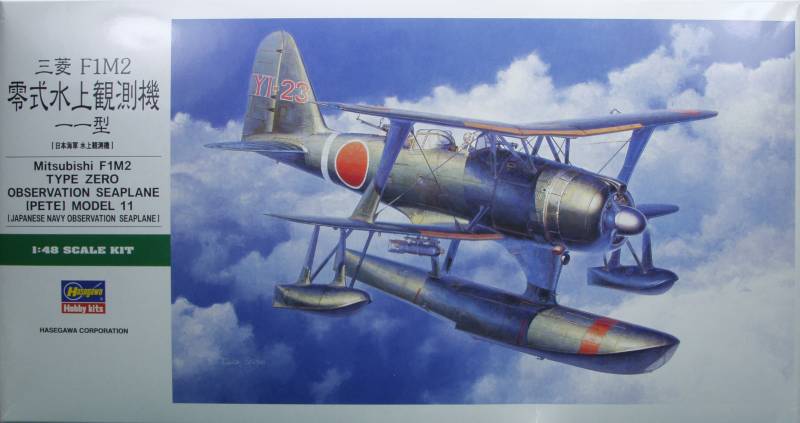
The Hasegawa F1M2 is a recent release from Hasegawa and as such is a state of the art production. It comes in a sturdy two part top open box with attractive artwork on the top. Inside the box is one large bag containing all the sprues except for the clear parts which are bagged separately. I wish they had bagged the sprues individually as many of the parts in my kit showed scuffing from shipping. The parts are molded in a light gray color and feature recessed panel lines and rivet detail with some raised detail where applicable. The fabric detail is too "saggy" to suit me but probably no worse than the norm these days. The detail is crisp, the panel lines fine and uniform and the parts are flash free. Even the parting lines are very minimal. The parts have a glossy finish and I found no surface blemishes on any of the airframe parts. There are some ejector pin marks inside the fuselage but they are very light and only one or two might show when assembled. The docking cart is riddled with ejector pin marks. The cockpit is quite complete with separate side walls for both the pilot and observers stations, floors, bulkheads, instrument panels, radio equipment is all nicely done. At the time I bought my kit it could be had with and without a photoetch fret. I was not all that impressed with the fret so I bought mine without, hoping that Eduard will produce a better one. I'm noting that as the instructions assume you are using the fret from Hasegawa. The float is molded top and bottom so there is no seam across the top to deal with. A couple of the real fine parts were broken on one of the sprues in my kit, again I believe this would not have occurred had the packaging been better. The engine is a nice crisp molding even though its only two dimensional it should look great painted up. The kit includes two bombs for under the wings. The kit contains 109 parts in gray, see photos below.
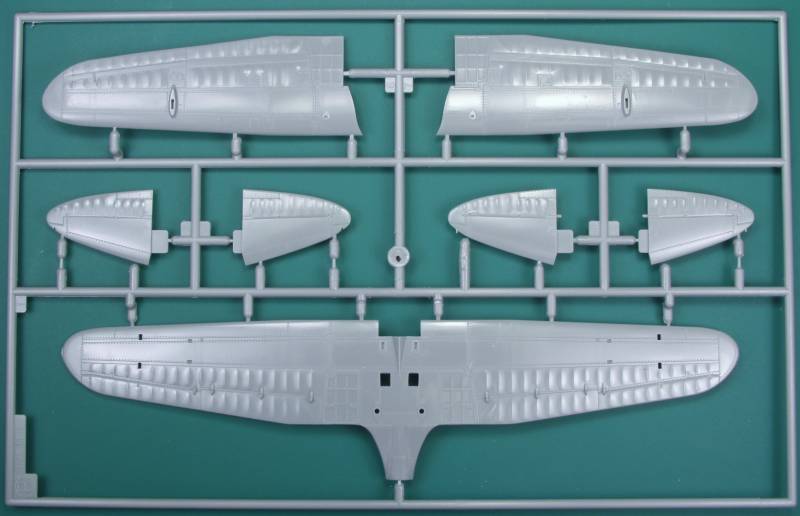
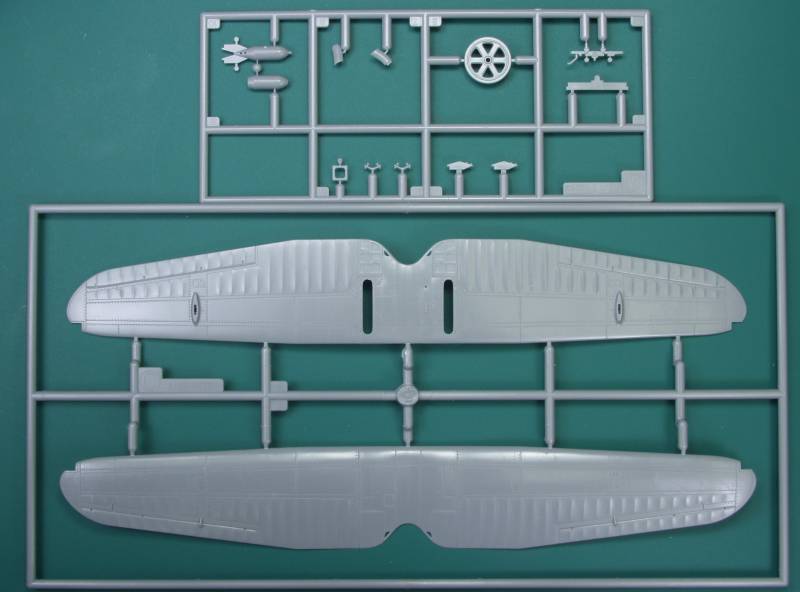
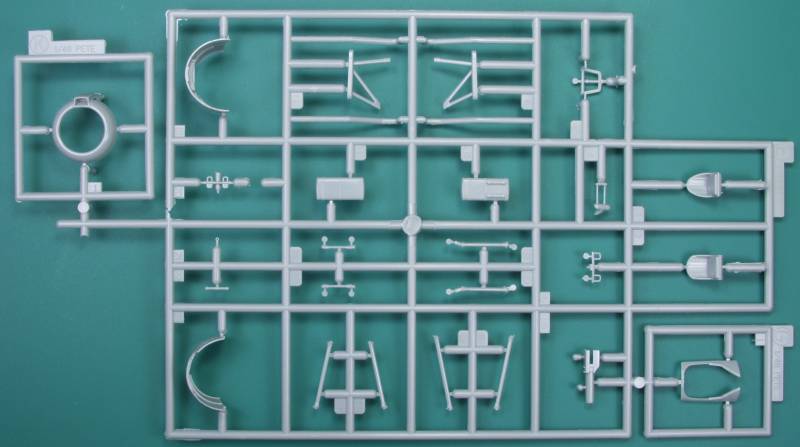
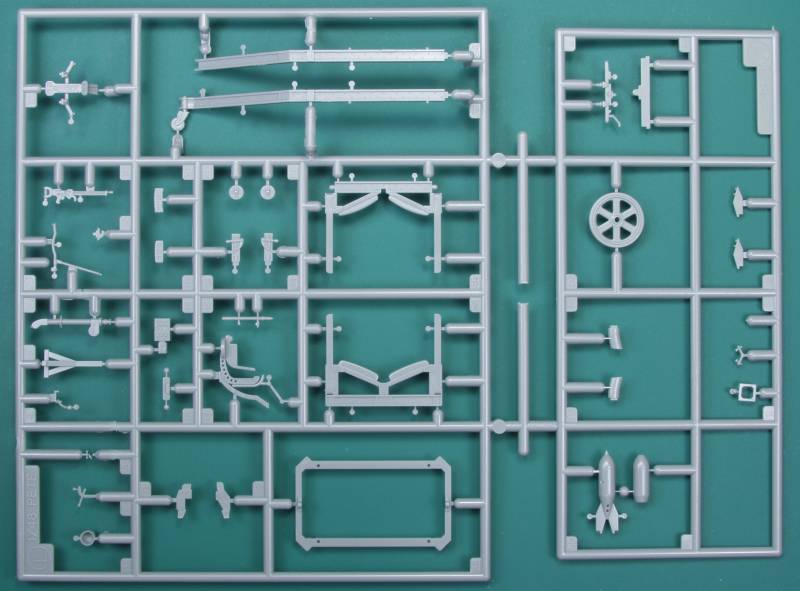
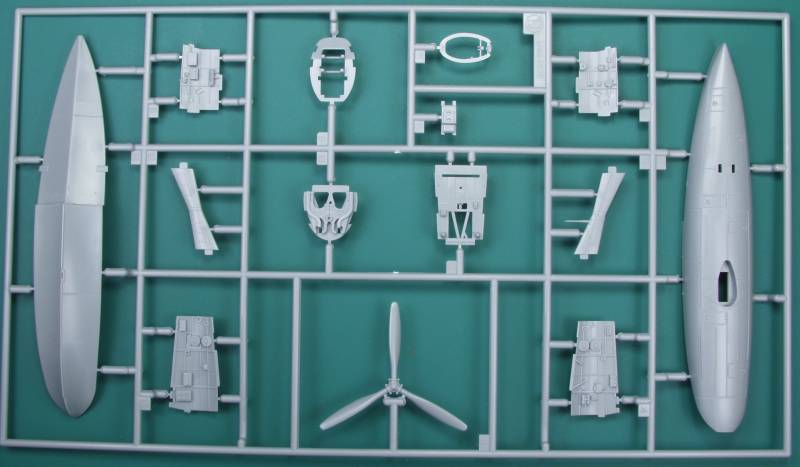
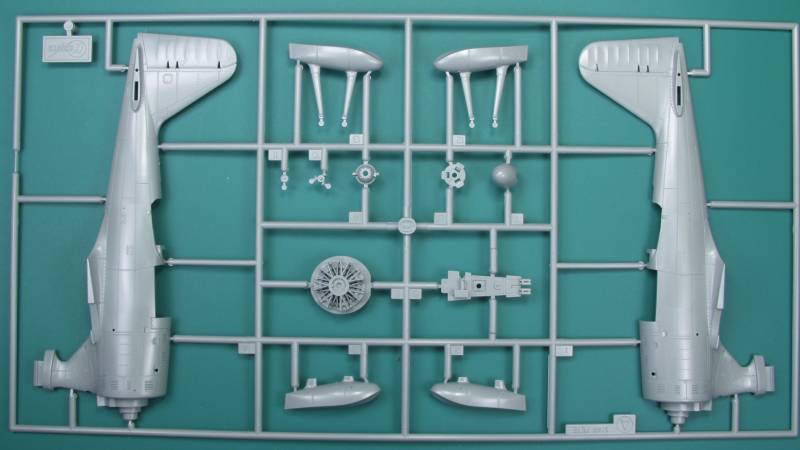
The clear parts are thin but not the thinnest I've seen and clear and include an optional parts as well as wing tip lights and gun sight. Altogether the parts count is 14, see below.
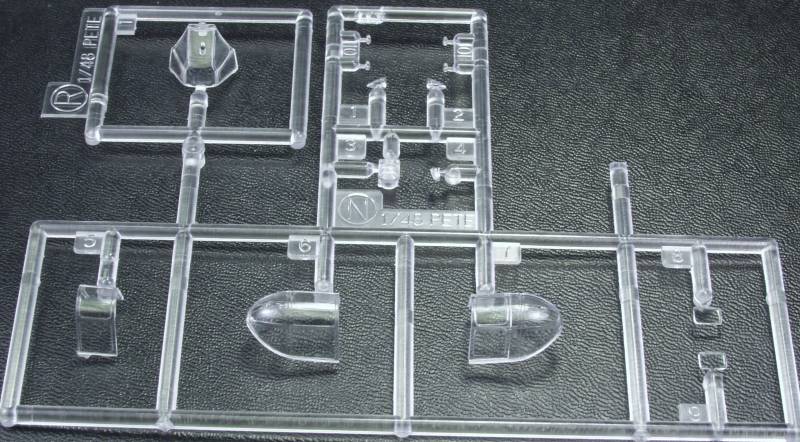
The decals look thin and opaque. The registration is off a bit on the white rings around the hinomuru as well as the white backgrounds on the numbers and letters. The yellow wing markings are included but these are usually best painted on. The sheet includes marking for three aircraft. Only a minimal amount of stenciling is provided. Some of the decals have more clear material around them than I would like. See below.
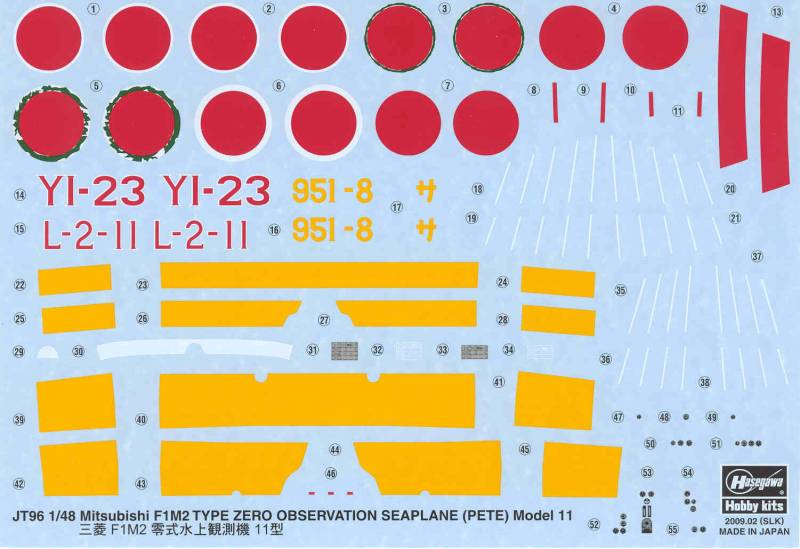
The instructions are in a wide format folded in five sections providing basically ten pages. First page is history and specifications, second page includes required warnings, icon chart, parts map and color chart, pages three through seven have assembly drawings, eight and nine show painting and marking instructions and page ten has decal installation instructions and additional safety warnings in multiple languages.
After Market Goodies
None yet, hoping for an Eduard set with color.
Conclusions
This is another jewel from Hasegawa, state of the art all the way except for the disappointing packaging, for the money I think they need to do better with that ! The kit according to other reviews fits great but that is to be expected or should be from this maker. The kit contains everything to produce a good looking and detailed model right out of the box and should not provide any problems except maybe the rigging, if you have not done much of that and modelers of all skill levels should be able to handle this one. Highly recommended.
Links to kit build or reviews
Another in box review can be found here.
References
War Planes of the Second World War, Volume 6, Floatplanes by William Green
Japanese Aircraft of the Pacific War by R.J. Francillon